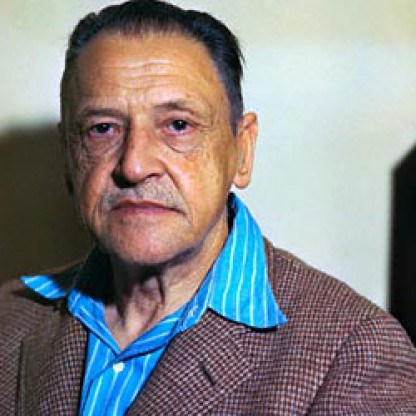Edward Estlin Cummings was born on October 14, 1894, in Cambridge, Massachusetts to Edward Cummings and the former Rebecca Haswell Clarke, a well-known Unitarian couple in the city. His father was a professor at Harvard University and later became nationally known as the minister of South Congregational Church in Boston, Massachusetts. His mother, who loved to spend time with her children, played games with Cummings and his sister, Elizabeth. From an early age, Cummings' parents supported his creative gifts. Cummings wrote poems and also drew as a child, and he often played outdoors with the many other children who lived in his neighborhood. He grew up in the company of such family friends as the Philosophers William James and Josiah Royce. Many of Cummings' summers were spent on Silver Lake in Madison, New Hampshire, where his father had built two houses along the eastern shore. The family ultimately purchased the nearby Joy Farm where Cummings had his primary summer residence.

















